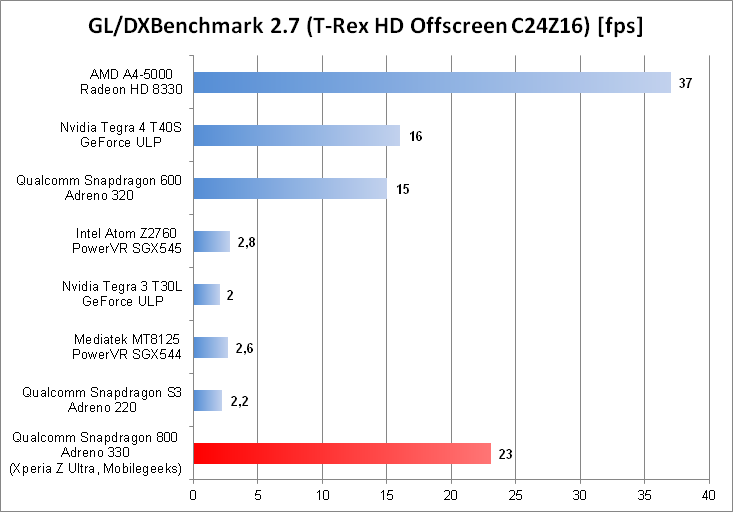Brilliantdeve
Newcomer
Differences in theoretical GFLOP throughput tend not to correlate very well with differences in gaming performance (ie. FPS) when comparing different GPU architectures. Cortex A15 is clearly quite a bit faster than Krait 400 on a clock-for-clock basis, but in a power-constrained environment there is usually not a very big difference. If anything, the power hungry nature of Cortex A15 at peak performance is in some ways it's achilles heel, so ARM and it's licensees will really have to work on that moving forward.
as I read from so many website Cortex A15 it's known for its performance, but it's totally inefficient when comes to power consumption .. that why ARM come with Big.Little architecture to be more balance

